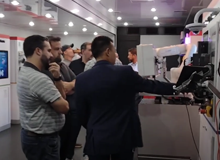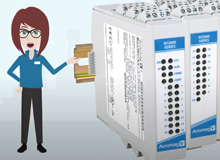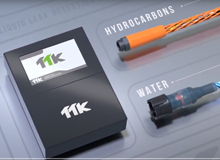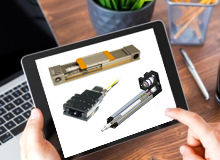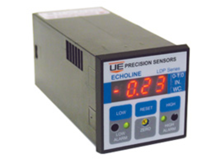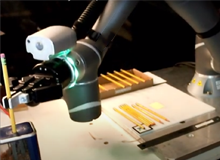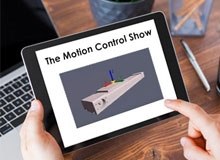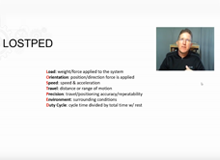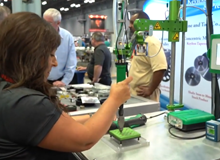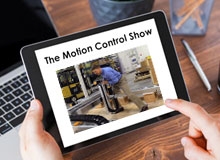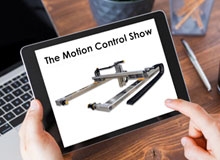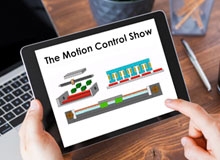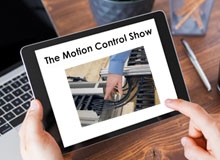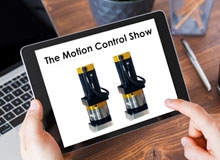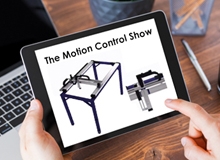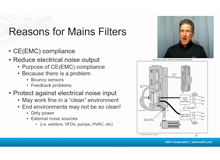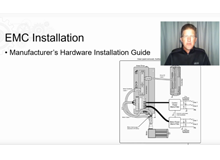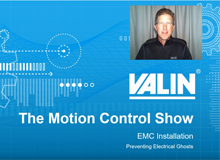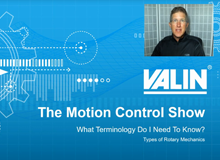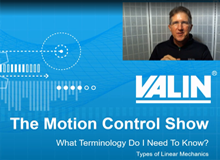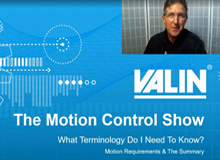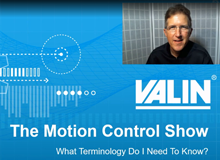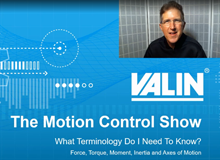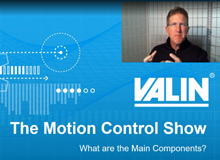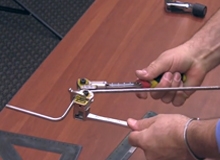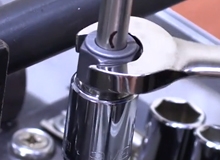Resources
Biotechnology
Valin and Mitsubishi Electric joined forces to bring the latest automation solutions to our customers in Arizona on August 7th. On board the mobile showroom customers saw the latest technology in PLCs, drives, CNCs, motion control, HMIs, energy monitoring and management, industrial robots, and connectivity for MES and ERP applications.
Along with monitoring points for pressure, level, and flow, a chemical manufacturer has up to 500 temperature measurement points; both thermocouple and RTD, scattered throughout their process.
A 1-minute video shows the main functions of the TTK digital leak detection system on a data center site.
Looking for an electric actuator with a specific stroke length? We discuss the feasibility of producing custom stroke lengths using various technologies.
Introducing Echoline by UE Precision Sensors for monitoring environment health and safety while improving wafer integrity and equipment safety.
Machine tending is the automated operation of industrial machine tools in a manufacturing plant using robotic automation systems.
Valin’s Bruce Ng continues the conversation on what happens to the lifespan of an actuator when important moment-loading information is omitted in Episode 25.
We've talked about loading and moment loading and what we need to know in order to size and select an actuator properly. Interestingly enough, what we do as Application Engineers is to help you fill in all the gaps, all the what-you-don’t-knows. So, I've asked one of our Senior Application Engineers, Kent Martins, to go through a sizing and show you what he does.
Recent events with the COVID-19 Virus has placed a spotlight on disinfecting and cleaning our personal areas and our work areas more frequently with reliable solutions. Actril™ is a ready to use cold sterilant, hydrogen peroxide based disinfectant solution.
What happens if you use the incorrect terminology? What if you say “accuracy” but need “repeatability”? We interview Ray Marquiss in Episode 23 to find out.
How do you mitigate your risks when sizing, selecting and designing mechanics? How do you decide whether to make or buy your mechanics? Here are some considerations.
You may be at the point of looking at adding feedback to your mechanics in order to make them more precise or to capture some of the errors I discussed last episode in Episode 20. But, you may also be wondering about some of the problems that can cause.
Concerned about COVID-19 Coronavirus? Cantel recently had a third-party laboratory verify the efficacy of its Actril™ and Minncare™ Cold Sterilant on hard, non-porous surfaces. The test demonstrated a complete inactivation of the 229E human coronavirus strain in 5 minutes at room temperature when used according to label instructions.
I have a question for you: Do you embrace linear encoders? Or do you avoid them whenever possible? Or are you wondering what a linear encoder even is? After all this sizing and selecting of mechanics, and even designing your own mechanics, you might be considering putting a feedback device on there and whether you should or not.
LOSTPED is an acronym where LOSTPED stands for Load, Orientation, Speed, Travel, Precision, Environment and Duty Cycle. But, what does it REALLY mean?
Are you implementing automation at your company? Do you need technical education and expert advice to make major business decisions? Whether you're an engineer working in aerospace, a C-suite executive in manufacturing, or any other type of professional looking for solutions to streamline operations, the Automation Technology Expo (ATX) West will give you the education and connections needed to make the right choices for your projects or business.
A common topic when putting together a motion control system and a gantry is whether to use end-of-travel limit switches, home sensors or absolute encoders. This really depends upon the application. So, let's talk about the pros and cons.
You cannot just start on the mechanics, pick the motors, pick the drives, pick the controls, pick the HMI. First you must understand everything all together. Since we're talking about mechanics, there's a few things we need to kind of jump on right off the bat. To figure out the holistic approach, there's a lot more to it.
When we size, select, and design gantry systems such as this one, we must make sure that we take into account the whole framing that this is going to be mounted on.
Back in Episode 6, I explained to you the different types of linear mechanics. This included ballscrews, belt & pulleys, linear motors and even rack & pinion. I get the question all the time: which linear mechanics do I use?
A very important factor to keep in mind when sizing your gantry system is the cable management and cable lengths you'll need. If you think about it, we're going to need cables to span throughout every axis of motion.
One of the things that can really trip people up with sizing and selecting a gantry system is whether they need one or two motors for the X and X-prime. In this video we will shed some light on this topic.
After taking a break from mechanics for a few episodes, we're returning to the idea of a gantry. But, you may wonder what a gantry looks like. For an explanation of that, we're going to turn to Valin’s own Michael Reynaud with a special animation by Valin’s Cassidy in order to show you what a gantry looks like.
I am continuing my conversation with you about EMC installation. We talked about electrical noise, where it comes from and how we control it. We talked about the reasons for Mains filters. Now I'm going to talk a little bit about how to select Mains filters and unfortunately, it's a real black art.
Continuing on talking about electrical noise, I often times have suggested mains filters to customers and they say, “Well I'm not shipping my system to Europe so I don't need it.” But there are very good reasons for putting a mains filter on your system even when you're not shipping it to Europe. Let's take a look at this.
Today we're taking a break from all the mechanical topics we've been talking about and let's talk about an electrical one: electrical noise.
What is specmanship? Why do we care? Well, in case you haven’t noticed, the catalog specs are not always straight forward as they appear. Let's look at a couple examples.
We're continuing to talk about terminology and this time we're talking about rotary mechanics. I’m Corey Foster of Valin Corporation. Let's talk about this.
This overview will help you to understand the differences between industrial automation manufacturers, representatives, distributors and integrators…and who you want to reach out to for help.
We've been talking about a lot of different basic terminology. Now we're going to talk about just some basic types of linear mechanics.
We're continuing on with talking about some of the basic terminology and things you need to know in order to be able to size your own mechanics and gantry. We cover motion requirements and a summary at the end of the last several episodes.
As we dive further into sizing and selecting mechanics, there are a couple of terms that are extremely important in understanding the requirements of an application.
Before we dive into the meat of the matter of sizing and selecting mechanics, there are some basic concepts we need to understand: namely the force, torque, moment, inertia, and axes of motion.
You may be wondering what the main components are that you need to make a motion control system. What are the minimum number of components you need?
In this video Rich Wilbur demonstrates how you can use tubing that you can measure, mark, layout, and bend. Check it out!
This video takes you step by step from deburring a piece of tubing, marking the tubing, making up the fitting, and pressurizing the fitting to show that it only takes one and a quarter turn to properly seal a fitting from leaks.
A lesson for me is that I need to involve you earlier in the program.
You were tireless in your support and it will not be forgotten!

